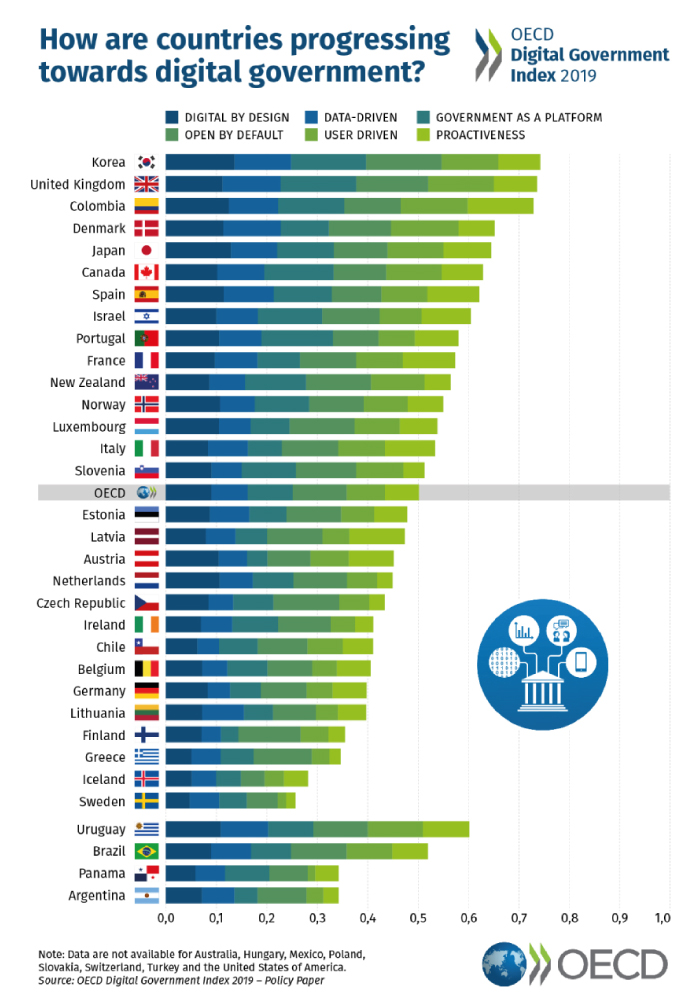Essay by Marion Fourcade and Jeff Gordon: “…Recent books have argued that we live in an age of “informational” or “surveillance” capitalism, a new form of market governance marked by the accumulation and assetization of information, and by the dominance of platforms as sites of value extraction. Over the last decade-plus, both actual and idealized governance have been transformed by a combination of neoliberal ideology, new technologies for tracking and ranking populations, and the normative model of the platform behemoths, which carry the banner of technological modernity. In concluding a review of Julie Cohen’s and Shoshana Zuboff’s books, Amy Kapcyznski asks how we might build public power sufficient to govern the new private power. Answering that question, we believe, requires an honest reckoning with how public power has been warped by the same ideological, technological, and legal forces that brought about informational capitalism.
In our contribution to the inaugural JLPE issue, we argue that governments and their agents are starting to conceive of their role differently than in previous techno-social moments. Our jumping-off point is the observation that what may first appear as mere shifts in the state’s use of technology—from the “open data” movement to the NSA’s massive surveillance operation—actually herald a deeper transformation in the nature of statecraft itself. By “statecraft,” we mean the state’s mode of learning about society and intervening in it. We contrast what we call the “dataist” state with its high modernist predecessor, as portrayed memorably by the anthropologist James C. Scott, and with neoliberal governmentality, described by, among others, Michel Foucault and Wendy Brown.
The high modernist state expanded the scope of sovereignty by imposing borders, taking censuses, and coercing those on the outskirts of society into legibility through broad categorical lenses. It deployed its power to support large public projects, such as the reorganization of urban infrastructure. As the ideological zeitgeist evolved toward neoliberalism in the 1970s, however, the priority shifted to shoring up markets, and the imperative of legibility trickled down to the individual level. The poor and working class were left to fend for their rights and benefits in the name of market fitness and responsibility, while large corporations and the wealthy benefited handsomely.
As a political rationality, dataism builds on both of these threads by pursuing a project of total measurement in a neoliberal fashion—that is, by allocating rights and benefits to citizens and organizations according to (questionable) estimates of moral desert, and by re-assembling a legible society from the bottom up. Weakened by decades of anti-government ideology and concomitantly eroded capacity, privatization, and symbolic degradation, Western states have determined to manage social problems as they bubble up into crises rather than affirmatively seeking to intervene in their causes. The dataist state sets its sights on an expanse of emergent opportunities and threats. Its focus is not on control or competition, but on “readiness.” Its object is neither the population nor a putative homo economicus, but (as Gilles Deleuze put it) “dividuals,” that is, discrete slices of people and things (e.g. hospital visits, police stops, commuting trips). Under dataism, a well-governed society is one where events (not persons) are aligned to the state’s models and predictions, no matter how disorderly in high modernist terms or how irrational in neoliberal terms….(More)”.

